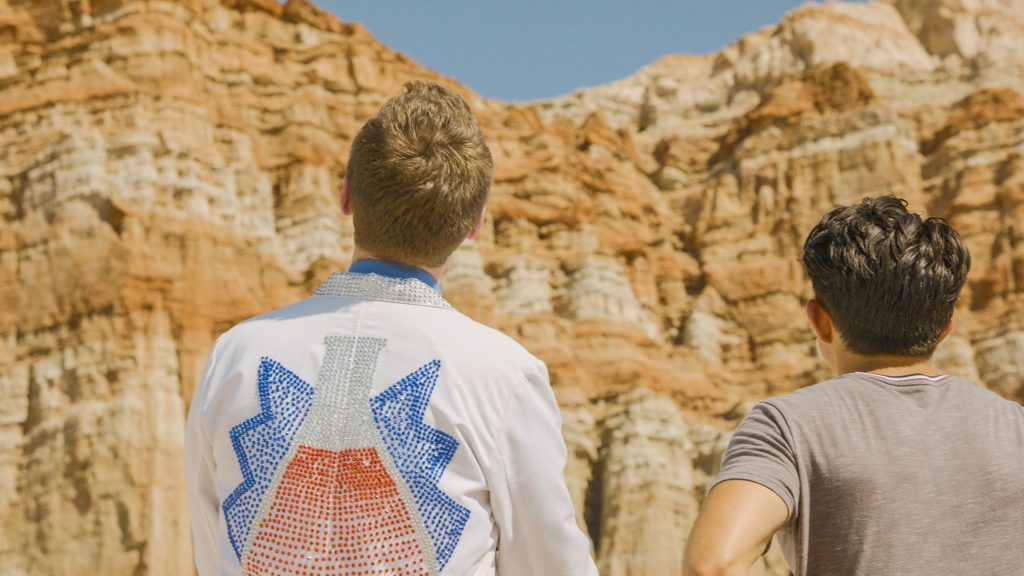
Scientists use the rock layers to help them figure out the history of the planet. By investigating the layers, they also uncover fossils of organisms that lived in the past. By examining where in the rock layers fossils are found, scientists have been able to put together the geologic time scale, which is used to explain Earth’s 4.6-billion-year history.
To better understand rock layers (Geologic Time)…
LET’S BREAK IT DOWN!
Sedimentary Rock
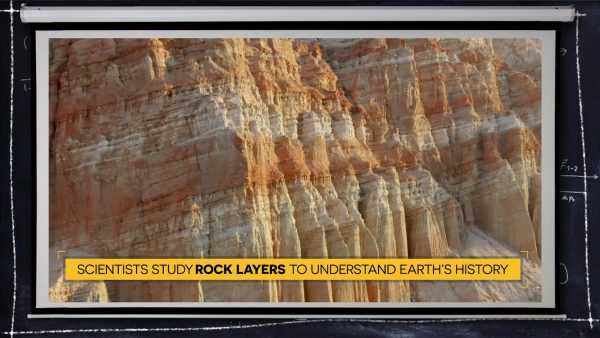
Sedimentary rock is made from sediment that has been layered on top of each other and then pressed together, usually by more sediment. Many fossils are found in this type of rock because it was easily covered by the sediment and the rock was compressed around the organism.
The KT Boundary
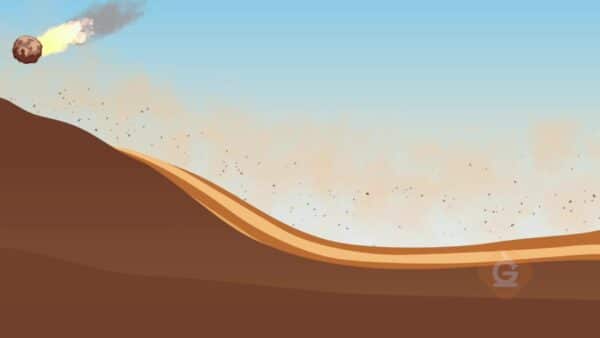
The KT boundary is a rock layer that appears across Earth. The KT boundary was created when a meteor hit Earth, sending dust and other particles into the air. There was so much dust it covered Earth and led to the mass extinction of many living things. Scientist have found an abundance of fossils of living things, including dinosaurs, below the KT layer, but very few fossils appear in the layer on top of the KT layer.
Fossils Help Determine Earth’s History
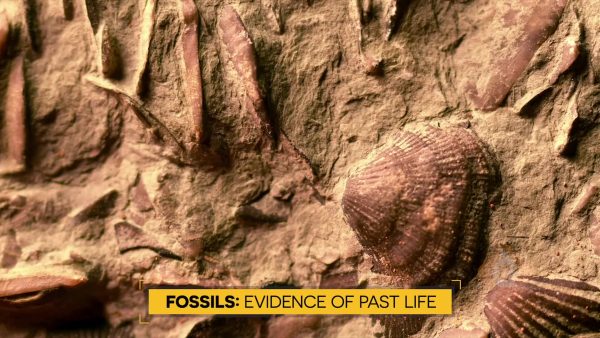
Scientists use fossils to help determine what kinds of organisms lived on Earth and when they lived here. Fossils also help scientists determine how the surface of Earth has changed over time. For example, scientists have found the fossil remains of aquatic life up in the mountains, indicating that rock layer used to be close to water and has been moved over thousands of years.
Careers in Science: Paleontologist
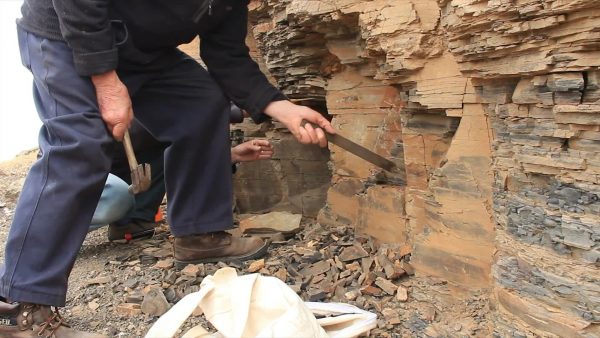
Paleontologists are scientists that study fossils and rock layers. Paleontologists investigate rock layers all over Earth to help put together Earth’s history and the history of the organisms that lived here in the past. By carefully digging through the rock layers, they have uncovered organisms no one ever knew existed.
Careers in Science: Geologist
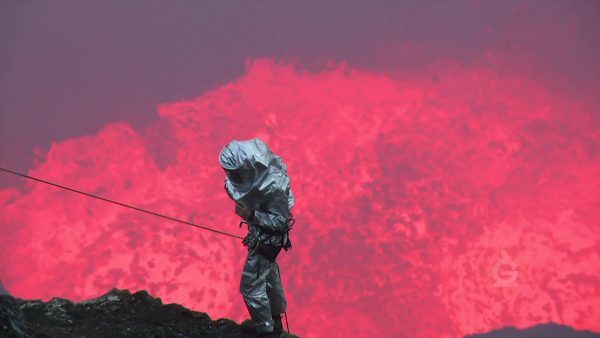
Geologist are scientists that study the composition of Earth, including land formations and rock layers. Some geologists specialize in studying natural hazards like earthquakes, volcanoes and landslides. Geologist may also look for oil, gas, mineral ores and other natural resources.
ROCK LAYERS (GEOLOGIC TIME) VOCABULARY
ROCK LAYERS (GEOLOGIC TIME) DISCUSSION QUESTIONS
How old is Earth and what do we use to keep track of major Earth events?
What caused most of the dinosaurs to go extinct and how do scientists know?
Explain how weathering and erosion can lead to creating some of the landforms we see?
What can the rock layers tell us about life on Earth?
Explain the process that creates sedimentary rocks.
Explain how natural processes, like earthquakes, unearth new rock layers and fossils.
Skip, I will use a 3 day free trial
Enjoy your free 30 days trial





